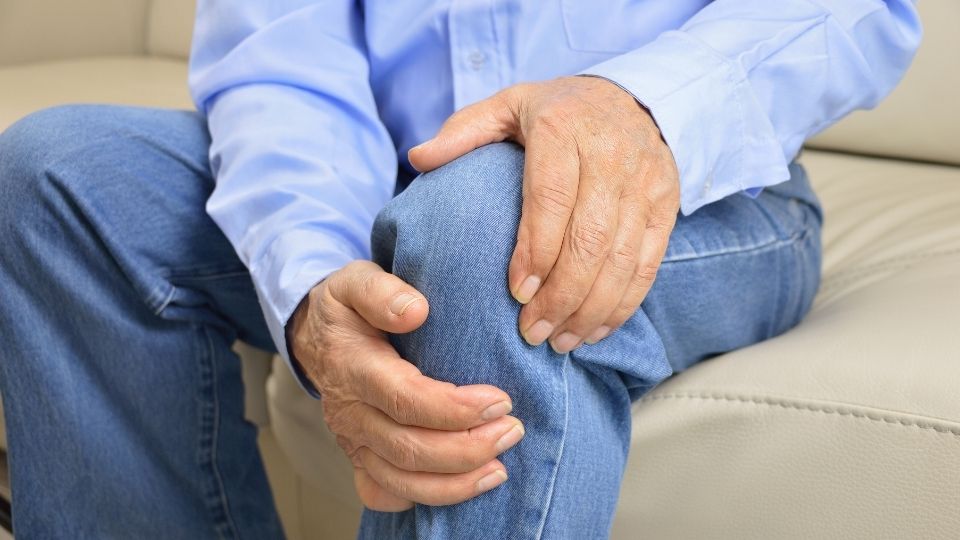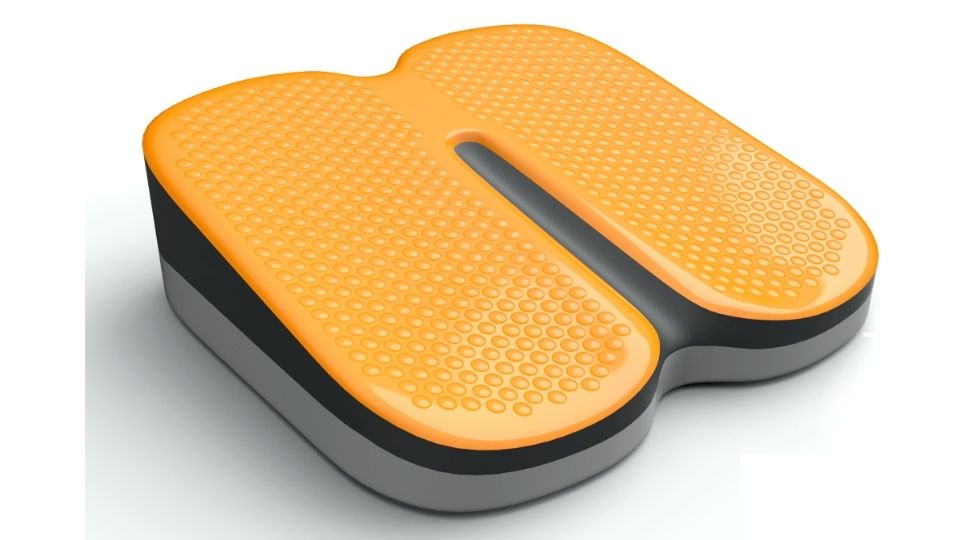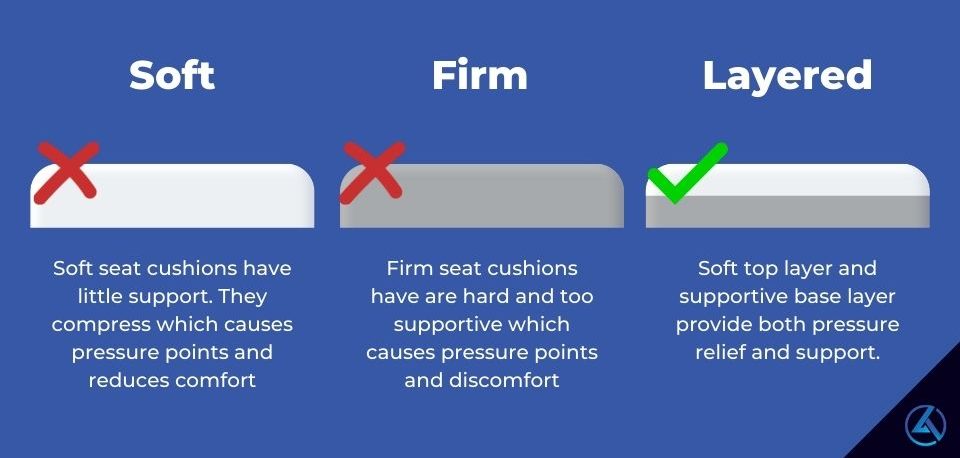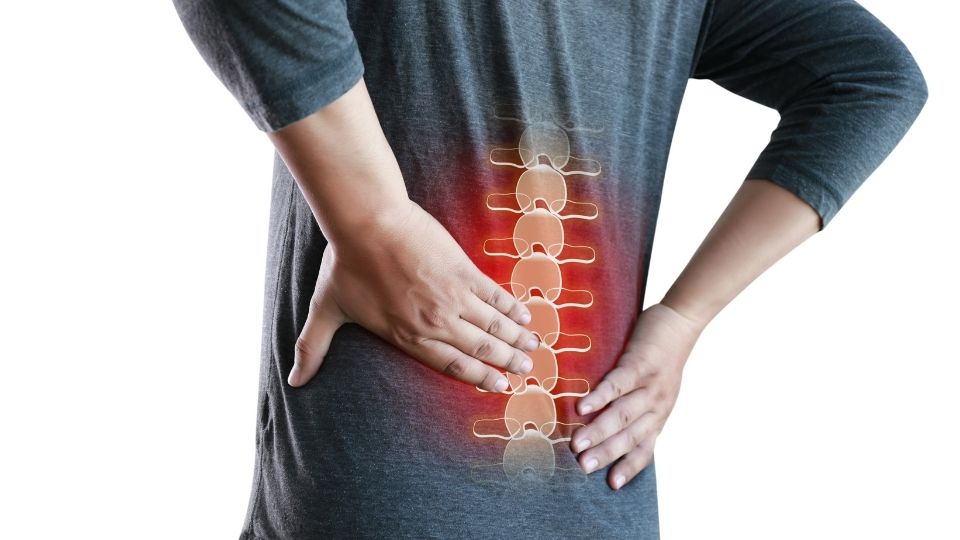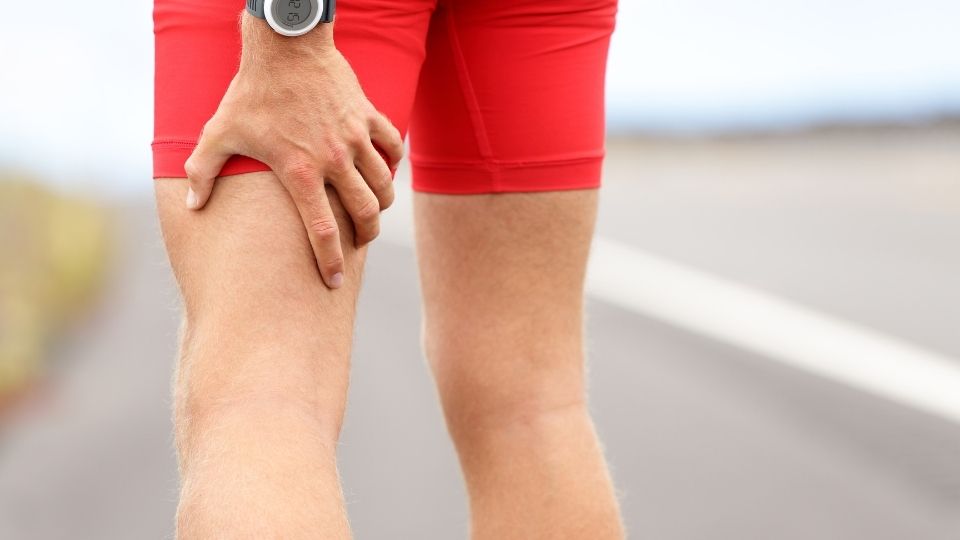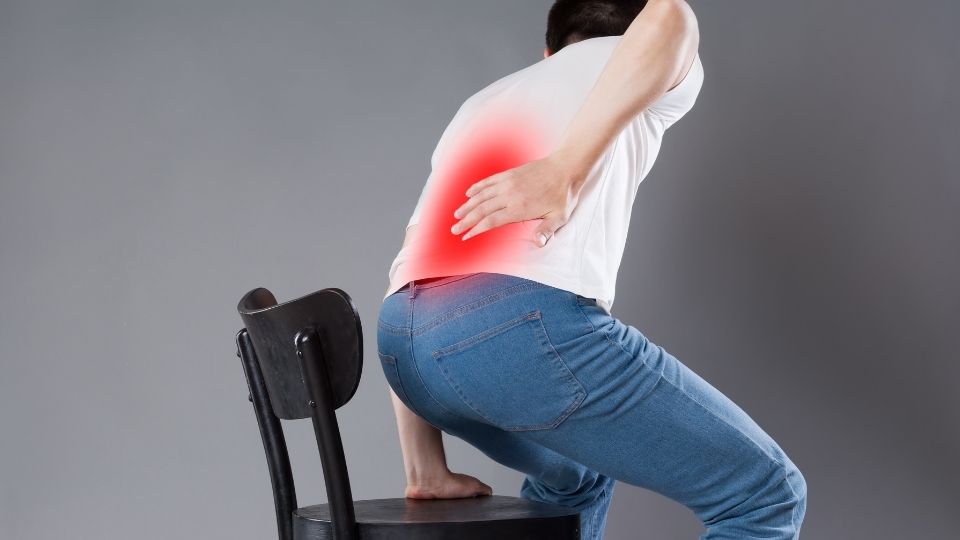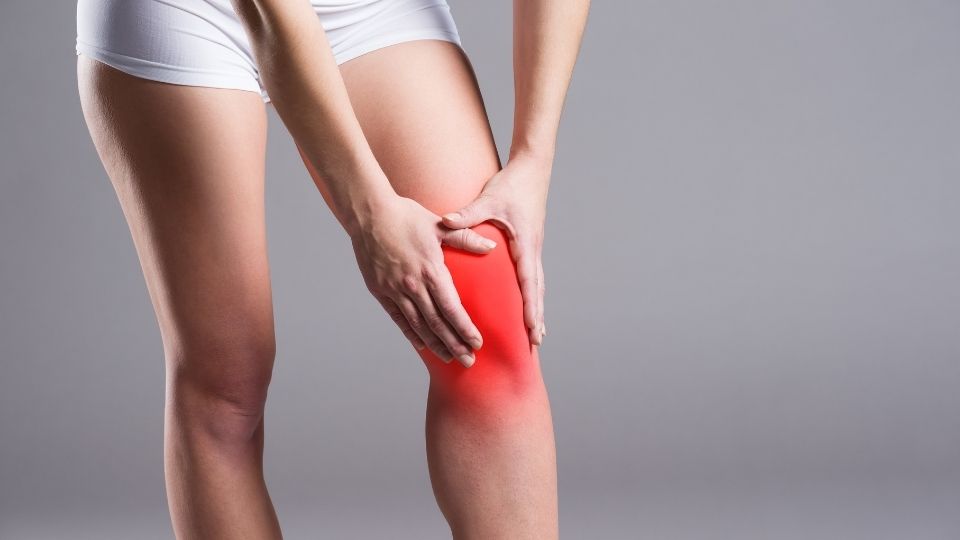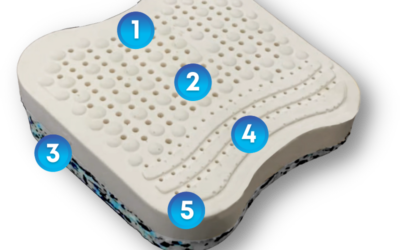Why You Have Knee Pain Driving
You may be putting a lot of wear and tear on their knees as a result of driving, so be cautious to take good care of them. Some factors may contribute to this, such as bending your leg, stopping and starting, or being limited in your mobile while driving. In fact, knee pain is an unavoidable reaction to being unnaturally seated for long periods of time. If you experience knee pain while driving, here are a few ways to make your drive more comfortable!
Knee pain is commonly caused by low back problems, and it can be very serious. Since your knee muscles are controlled by nerves that start in your lower back, when you have a problem there, your knee muscles don’t function as well, resulting in knee pain. These same nerves are compressed or irritated in sciatica, starting at their origin point (i.e. where they exit the spine).
As a general rule, knee pain is usually caused by poor posture when driving. The constant use of an unnatural driving position over time can cause pain and wear on your kneecaps. In rare cases, chondromalacia patellae or osteoarthritis can be exacerbated with long-distance driving.
I am confident that you are in good hands. It is just the article you need if you’ve been having trouble with your knee while driving lately! Having treated knee pain for over 30 years, I will explain easy methods that will quickly and easily alleviate these symptoms. Avoiding knee pain while driving is especially important.

Dr Lawrence Woods DC
Founder
With 30 years of spinal healthcare experience as a chiropractor, I learned the value of high-quality sitting for living a happy and healthy life.
I have a Chiropractic Degree from Life Chiropractic College West and I am NBCE Physiotherapy certified.
How to Avoid Knee Pain in Your Car
Typically, a nagging pain begins to develop in your lower back because it just doesn’t seem to be the “right” position for you. Even the shortest drive can be a challenge when you have knee pain caused by your car seat.
5 Simple Steps To Avoid Knee Pain While Driving Your Car
Seat Back
When driving, it’s best to position your seat as far back as possible to avoid discomfort. Adjust the distance between the seat and the steering wheel so that your knees are slightly bent when the brake is fully released. This angle, around 110 to 120 degrees, can help prevent knee locking and improve pedal response. Additionally, keeping your knees in line with your body can help prevent pain in the low back, hip, and foot.
All Day Comfort & Support
Forward Seat Tilt
When driving, it’s best to adjust the tilt of the seat forward to support your legs from hip to knee. This can help ensure that your leg is not pressed against the seat when pressing down on the gas pedal. This will help to minimize any discomfort and pressure on your legs.
Good Back Support
When driving, try to adjust the seat so that your full back is supported. This can help prevent discomfort in your neck caused by having to bend forward at an angle to see the road. Additionally, lumbar support can make it easier to maintain a natural curve in your spine while sitting in a car. To achieve this, make sure your lumbar area is well supported, which can be done by using a small pillow or a rolled-up towel behind your lower back.
Black Friday: 35% Off Today
Typical Delivery 1-3 Days
Steering Wheel Position
If possible, place the steering wheel nearby enough for your hands to reach positions 10 and 2, while your elbows are a little bent. In an accident, you don’t want it too close to your chest so that you can’t reach it, but you don’t want it too far away that you can’t reach it either. Make sure to have your hands just a little lower than your shoulders when you are driving. When driving, use both hands. When you steer with one hand you are using the weight of your hand on the wheel, which requires the use of your shoulder muscles to keep the wheel upright. If you become used to holding the wheel with one hand, you will also experience a twist of the spine.
Head Rest Position
Make sure the bottom of the headrest is even with the back of your head before adjusting it. It is important to have your headrest less than an inch from your head in order to avoid injuries.
Best Car Seat Cushion To Prevent Knee Pain
Ideal Car Posture Wedge Features
Comfortable Foam
When it comes to comfort, durability, and alignment while driving, many people find that natural latex orthopedic seat cushions are a great option. These cushions should be layered in to provide both pressure relief and support.
Ergonomic Shape
A good car seat cushion should have contours that promote good posture and comfort. When sitting on a seat cushion, the contours can help support and promote a comfortable and correct posture.
Seat Wedge
I believe that a slope of 8-13 degrees is considered a better choice for car seat wedges.
All Day Comfort & Support
Foam Construction
As a base. Foam foundation (plus 96 kg/m3) It has a foam top. At the top of the layers lies the comfort layer (between 56 and 68 kilograms per square meter).
Avoid Memory Foam
Memory foam may not be the best option for car seat cushions. This type of material may not provide the level of support and comfort that some individuals need. Additionally, memory foam can lack springiness, trap heat, and may contain certain materials that some people prefer to avoid. Some people may prefer materials such as latex, which is derived from tree sap and is known for its resilience.
Your Knee Pain May Be Caused by Sciatica
Symptoms of Knee Pain From Sciatica:
- Knee ache
- Knee buckles
- Around the knee, a feeling of warmth and swelling
- Intense knee pain
- Knee weakness
- It can also affect your thigh, calf, buttocks, or foot in addition to your knees. You’ll most likely feel it in one leg. There will not be an accelerated effect on both knees.
Black Friday: 35% Off Today
Typical Delivery 1-3 Days
What is Sciatica?
Sciatica is typically caused by a problem affecting your lower back, for example, a herniated disc. Your lower back becomes irritated in one of these areas:
- Discs
- Nerves
- Joints
- Ligaments
- Hamstrings Muscles
- Tendons
Are Hamstrings or Sciatica Causing My Knee Pain?
As a general rule, there are many discomforts that result from hamstring pain and sciatica. Sciatic pain feels like pain in your back or buttocks, but it isn’t the same as back pain. The sciatic nerve gets irritated, and hamstring pain occurs when the muscles are too tight at either end.
You might be feeling some tightness up near where it connects with bone (called an iliotibial band), right below where they cross over each other( called a biceps femoris), or deep within them just above their attachments onto bones such as the tibia and fibula.)
Knee Pain From a Herniated Disc
If you have pain in your knee, it may be due to the L3 nerve having been compressed by a herniated disc located on the lumbar spine. This part of the spine resides near your lower back and can cause weakness as well as inflammation throughout other regions like your groin area or even thigh region.
Patellofemoral Stress and Knee Pain
An injury occurs when the kneecap rubs the thigh bone. This disorder is also called runner’s or drivers knee. There will be a hot feeling around the kneecap. You will not feel pain anywhere else in the leg. Unfortunately, it is often misdiagnosed as sciatica pain.
Conclusion
As a result of sitting unnaturally for long periods, knee pain is an unavoidable reaction to being seated. If you’ve been experiencing this discomfort while driving your car or truck, here are some ways that will make the experience more comfortable!
Be sure to consult with a medical professional about what might be causing the problem and if there’s anything they can do to help. For useful ergonomic information on how best to drive without putting undue pressure on your knees visit our blog today!


